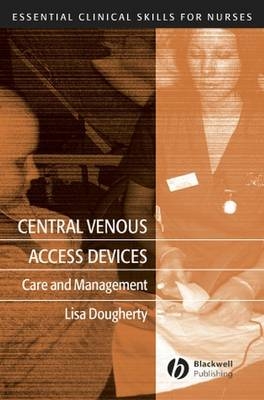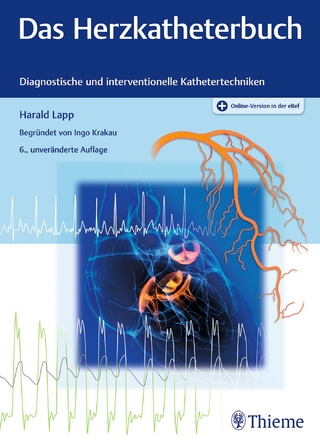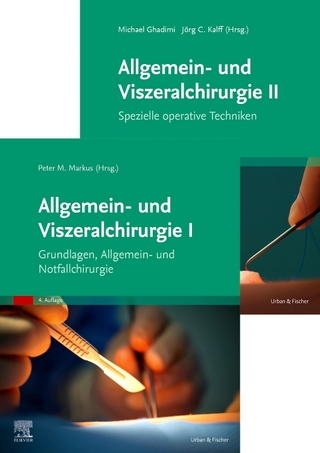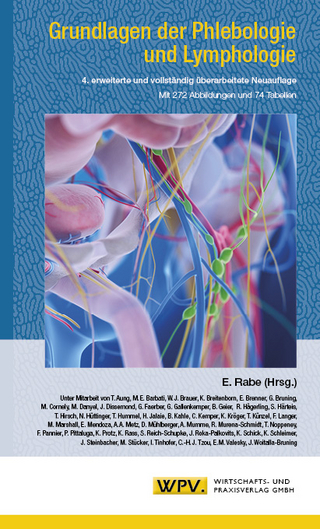
Central Venous Access Devices
Blackwell Publishing Ltd (Verlag)
978-1-4051-1952-8 (ISBN)
- Titel ist leider vergriffen;
keine Neuauflage - Artikel merken
Lisa Dougherty is Clinical Nurse Specialist, Intravenous Services, The Royal Marsden Hospital, Chelsea and Surrey. She is co-editor of the fifth and sixth editions of the Marsden Manualand is well respected nationally and internationally for her work on Intravenous therapy.
Introduction. 1. What is a CVAD?. Definition. Uses. Advantages and disadvantages. Patient assessment. General aspect of Insertion - by whom, where, infection control issues such as skin cleansing etc. Issues related to consent. 2. Peripherally inserted central catheters (PICCs). Definition. Types. Uses. Advantages and disadvantages. Insertion. Immediate care. Follow up care. Removal. 3. Non tunnelled short-term central venous catheters. Definition. Types. Uses. Advantages and disadvantages. Insertion. Immediate care. Follow up care. Removal. CVP monitoring. 4. Skin-tunnelled catheters. Definition. Types. Uses. Advantages and disadvantages. Insertion. Immediate care. Follow up care. Removal. 5. Implanted ports. Definition. Types. Uses. Advantages and disadvantages. Insertion. Immediate care. Follow up care. Removal. 6. Management of CVADs. Securement and dressing. Maintaining patency. Prevention of infection. Taking blood samples. 7. Hazards of insertion. Pneumothorax. Definition. Prevention. Management action. Haemorrhage. Definition. Prevention. Management action. Air embolism. Definition. Prevention. Management action. Infection. Definition. Prevention. Management action. Thrombosis. Definition. Prevention. Management action. 8. Managing complications. Catheter damage. Catheter malposition. Catheter occlusion. 9. Patient Perspective. Patients view of CVADs. Education and training - examples of teaching programme. Patients information sheets - examples. . Appendix 1: The AccessAbility Decision-Making Model. Appendix 2: Consent form for PICC insertion. Appendix 3: Sources of Information
| Erscheint lt. Verlag | 10.1.2006 |
|---|---|
| Reihe/Serie | Essential Clinical Skills for Nurses |
| Verlagsort | Oxford |
| Sprache | englisch |
| Maße | 125 x 186 mm |
| Gewicht | 266 g |
| Themenwelt | Medizinische Fachgebiete ► Chirurgie ► Herz- / Thorax- / Gefäßchirurgie |
| ISBN-10 | 1-4051-1952-7 / 1405119527 |
| ISBN-13 | 978-1-4051-1952-8 / 9781405119528 |
| Zustand | Neuware |
| Haben Sie eine Frage zum Produkt? |
aus dem Bereich



